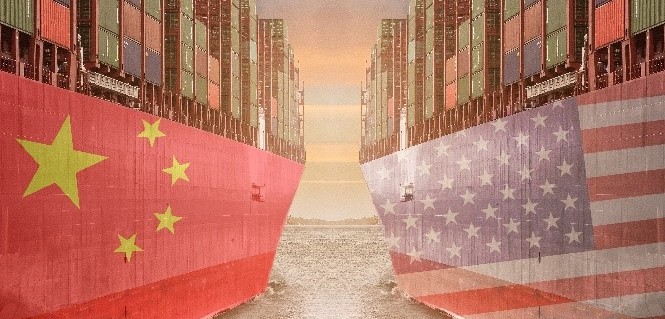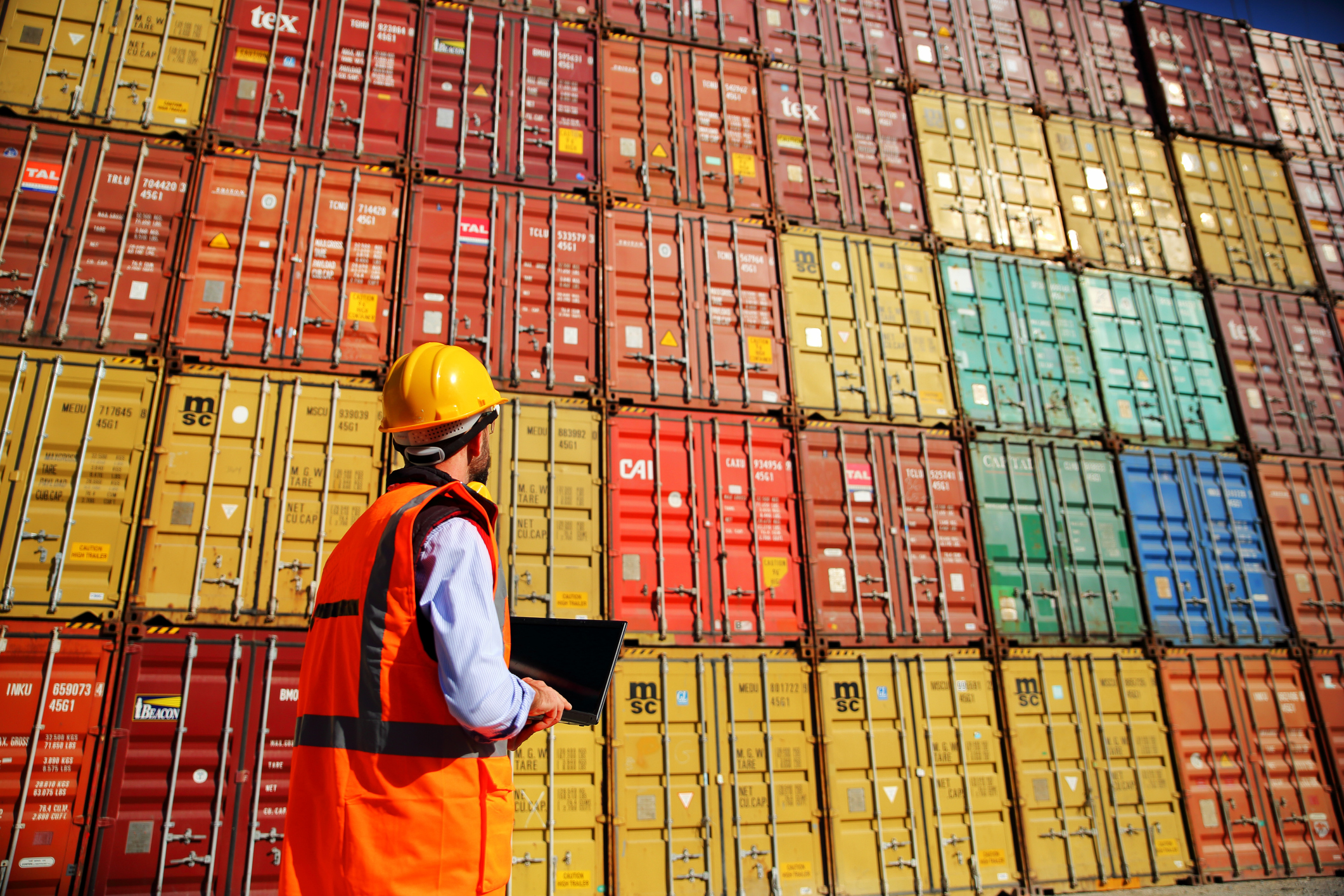Trade War with China? What Should We Do?

Last fall I had the opportunity to visit a client in Hong Kong. Riding in the back of the taxi, as we drove across the 34-mile bridge from HK International airport to Hong Kong Island, I was stunned at the sight of hundreds of container terminals. The massive scale of the import/export operations seemed to go on forever. The natural shelter and deep waters of Victoria Harbour provide ideal conditions for the berthing and handling of all types of vessels. Combine this with what China is to the world of manufacturing and distribution, and the effects of a possible tariff war with this country become clear.
Last fall, many U. S. companies sourcing product out of China increased inventory purchases due to the 10% tariff put in place and threat of a 25% tariff predicted to follow in early 2019. Unexpected use of cash, higher costs paid for product, and excess storage costs were some of the effects of last year’s 4th quarter buying binge. On May 10, 2019, the Trump administration increased tariffs on $200 billion worth of Chinese goods, from 10% to 25%. The list of products ('Tranche 3', or 'List 3') is over 200 pages long. In addition, Trump also announced an additional $250 billion worth of goods will be “quickly” added to the list of products subject to the 25% tariffs.
As a reminder, Tranche 1 and 2 became effective in Q2 of 2018 and affected roughly $50 billion of the U.S.’s $500 billion worth of imports from China. Tranche 1 and 2 were primarily non-consumer products, including industrial, medical, and transportation products. Tranches 3 and proposed Tranche 4 are targeted at consumer products and therefore will affect a larger number of businesses and consumers. Once Tranche 4 becomes effective, half of our imports from China will be subjected to new or increased tariffs.
What you should do as an importer from China:
- Determine how you are affected – Review your products’ HS codes (Harmonized Tariff Schedule of the United States) and determine if they are affected by Tranche 1, 2, 3, or the proposed Tranche 4. You can work with your customs broker to determine if your imports are on any of these lists. If the country of origin (COO) is China, the penalty tariffs apply. There are tales of Chinese manufacturers suggesting that trans-shipping via Vietnam or Singapore and declaring these as the COO will avoid the 401 tariffs. This is illegal under U. S. Customs Regulations (CFR 19) as the COO must be the place where the goods are manufactured or substantially transformed, not where they are trans-shipped.
- Budget your inventory for uncertainty – Consider that these tariffs may be removed on very short notice if a trade deal is reached. As you know these tariffs are primarily a result of the administration’s fight against the longstanding intellectual property violations by China, and therefore progress on that front could reverse the tariff measures.
- Move sourcing or manufacturing to another country – Some companies are considering the move of production and sourcing to other sites in Vietnam, Indonesia, Thailand, or other low-cost countries. While the 301 tariffs don’t apply to importing from these countries so far, the future application of new tariffs is uncertain. Be aware: productivity rates in these other low-cost countries have been reported to be 20-30% lower than in China. So in the final economic analysis, it is often better to keep production in China and pay the penalty tariffs.
- Raise prices – Tariffs of 10% were much easier to absorb in the supply chain than the current 25%. Manufacturing and distribution businesses are going to have to work with their vendors and customers to get through this price volatility with minimal business disruption. Test the market by increasing the pricing for a portion of your affected products and see how the market reacts, then act accordingly on a bigger scale.
What you should not do:
- Panic – For instance, some companies are stockpiling inventory in advance of tariffs going into effect. The result has been shortages of all kinds of parts worldwide for companies that are not stockpiling. In addition, hoarding parts ties up working capital and may put a stranglehold on your company’s ability to operate. In industries with rapid product development such as electronics, parts also become quickly obsolete, so buying too far in advance is a losing proposition.
- Deliberately misclassify goods to avoid duties – The U.S. government has noticed this tactic, and are cracking down more than ever. Customs authorities have developed profiling tactics that help them target shipments for detailed examination and evaluation. Customs processing delays, as well as major fines and penalties, can be expected if your company routinely engages in these practices. In addition, many people do not realize that your shipments are not fully ‘liquidated’ until 12 months after clearance into the U.S. This means that your shipments can be reviewed for up to 12 months after clearance to assess whether they have had the correct HS Code applied. (You know that bond you pay for when importing goods into the United States? This is to pay for your duties in the event you are re-assessed and can’t afford to pay up). You can be sure post-clearance audits of shipments will increase significantly in the future.
- Ship goods through an intermediary country – Duties are based on the ORIGIN country, not the last transit point.
As expected, on May 13, 2019 China announced that it will increase tariffs on $60 billion worth of U.S. goods starting June 1 of this year in response to the tariffs imposed on May 10th. So here we go… Trade wars mean that countries will retaliate with their own import tariffs on American goods. Unfortunately, retaliatory tariffs are often meant to hurt economic sectors unrelated to U.S. tariff categories. For example, U.S. 301 tariffs may apply to electronic goods imported from China, but Chinese import tariffs apply to soybeans or almonds.
Going forward
Adopt a strategy your company can pivot from quickly and efficiently if necessary. Communicate weekly with your leadership team so everyone is aligned with your company’s current strategy, customer and vendor requirements. Pay close attention to your working capital needs and operating costs. Update your annual forecasts often for changes in margins, and don’t hesitate to make the changes necessary to protect your business. The events of the 2009 recession taught business owners how to survive when revenues dropped 40%, 50%. If this is the beginning of a trade war, the lessons learned 10 years ago will be very valuable now.
Related Insights
All InsightsOur specialists are here to help.
Get in touch with a specialist in your industry today.




